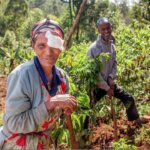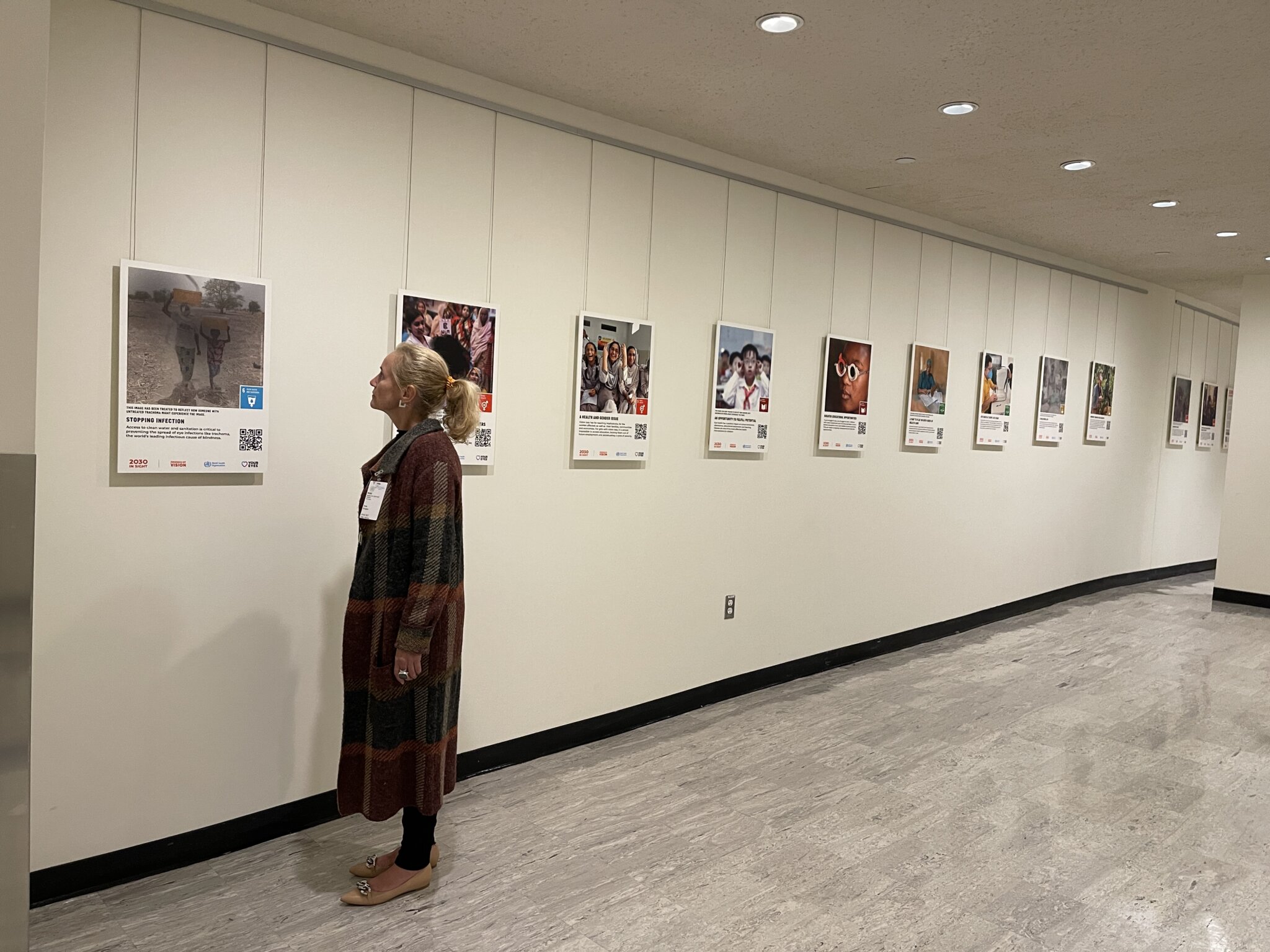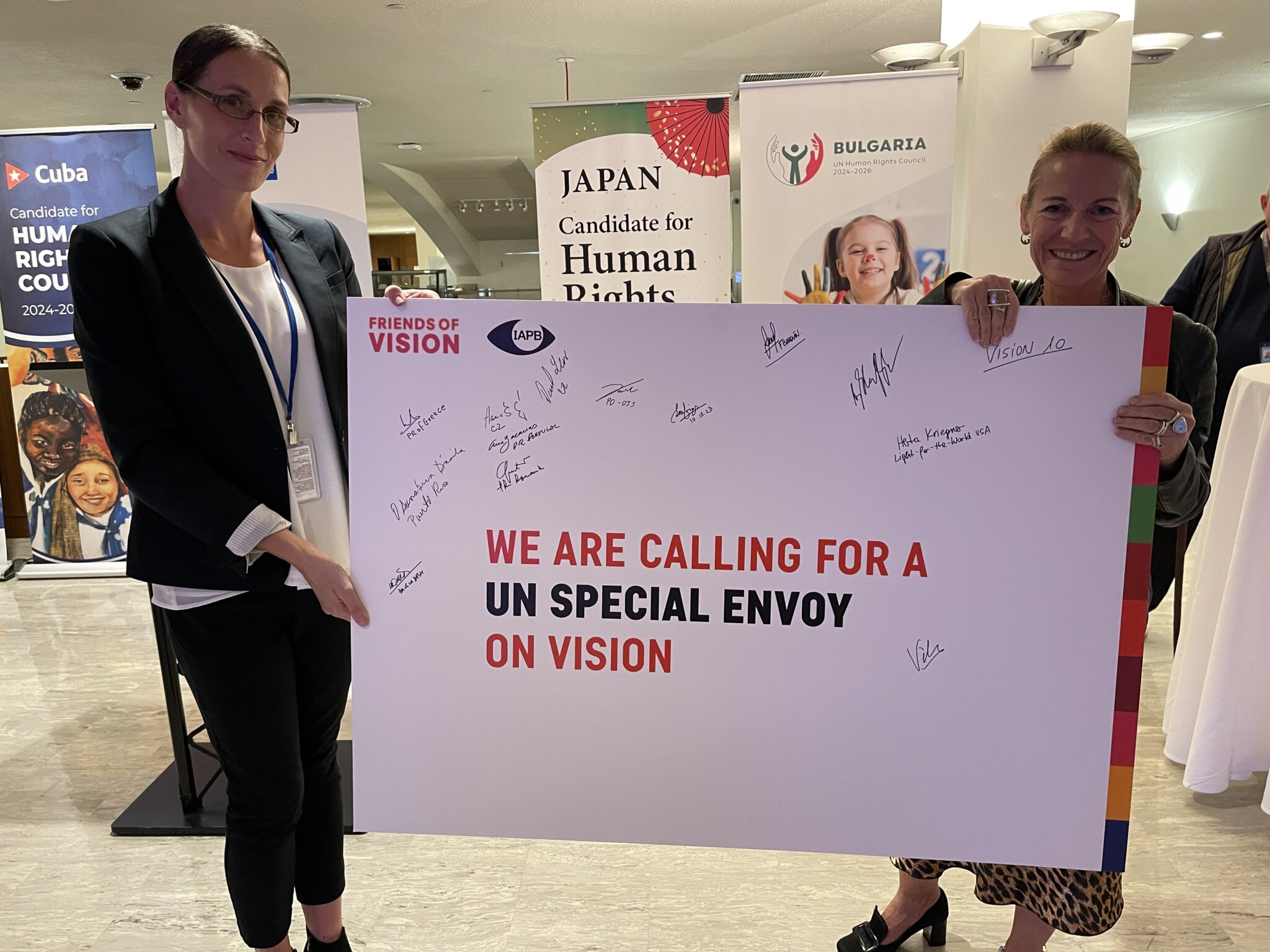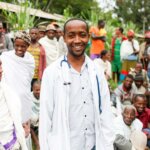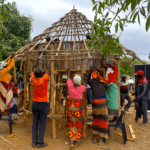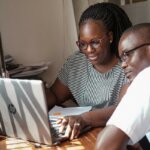- Events
- Eye Health
Light for the World attends the 2030 IN SIGHT photo exhibition, launched on 10 October at the UN Headquarters in New York. The exhibition challenges viewers to consider the impact of eye health on sustainable development outcomes.
Vision and the Sustainable Development Goals
Accessible, inclusive and affordable eye health is essential to the achievement of the Sustainable Development Goals (SDGs).
According to the World Health Organisation, at present more than 2.2 billion people around the world have a vision impairment and at least 1.1 billion of these people suffer from avoidable sight loss. The world faces considerable challenges in terms of eye care, including inequalities in prevention, treatment and rehabilitation services; a shortage of trained eye care service providers; and a lack of integrated eye care services into health systems.
The UN General Assembly Resolution on Vision – the first of its kind – was adopted in 2021 and commits all 193 countries of the UN to tackle preventable vision loss and ensure eye care for everyone by 2030.
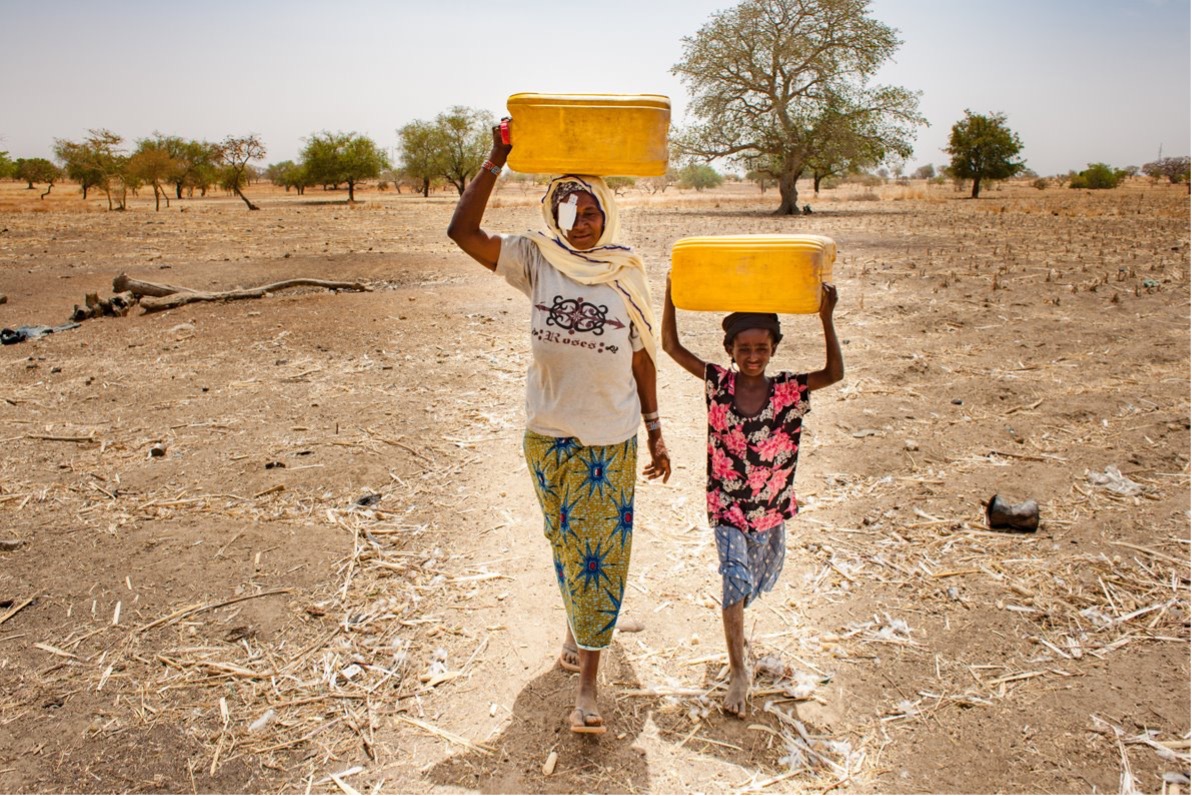
A picture is worth a thousand words
Endorsed by Friends of Vision, World Health Organisation and the International Agency for the Prevention of Blindness (IAPB), a new photo exhibition highlights the importance of achieving this goal.
This immersive exhibition makes it clear that reaching our Sustainable Development Goals is in sight if eye health lies at the heart of our transformative efforts to ensure a better future for all.
H.E. Ambassador Walton Webson, Permanent Representative of Antigua and Barbuda to the United Nations Founder & Co-chair of the UN Friends of Vision Group
Light for the World is proud to display two images, taken by photographer Ulrich Eigner, which illustrate the impact of eye health on sustainable development, including food security and health.
Herta Kriegner, Light for the World USA Board Member, was pleased to represent Light for the World at the launch event.
The exhibition will run from 9 to 23 October 2023.
Working together
“Strengthening eye care within Universal Health Coverage will improve the lives of millions of people globally,” says Marion Lieser, CEO of Light for the World.
“Light for the World knows that this can only be done through strong partnerships and collaboration – across the eye health sector, local communities, national governments, NGOs and beyond.
As an organisation, we congratulate and thank IAPB, Friends of Vision and the WHO for this exhibition, which again, brings us closer together.”
Visit the online photo exhibition on the IAPB website: 2030 IN SIGHT.
Find out more about Light for the World’s eye health programmes.
